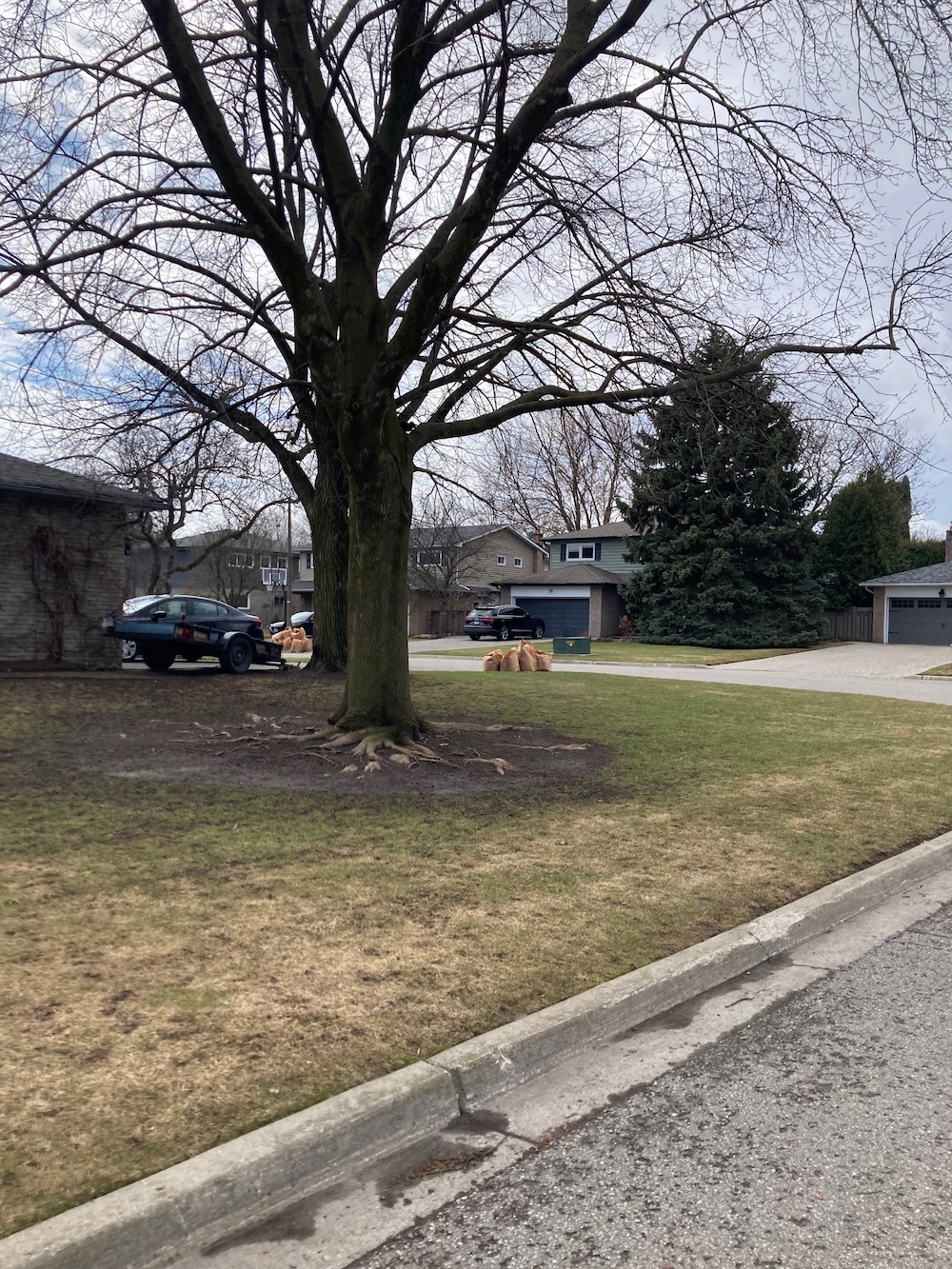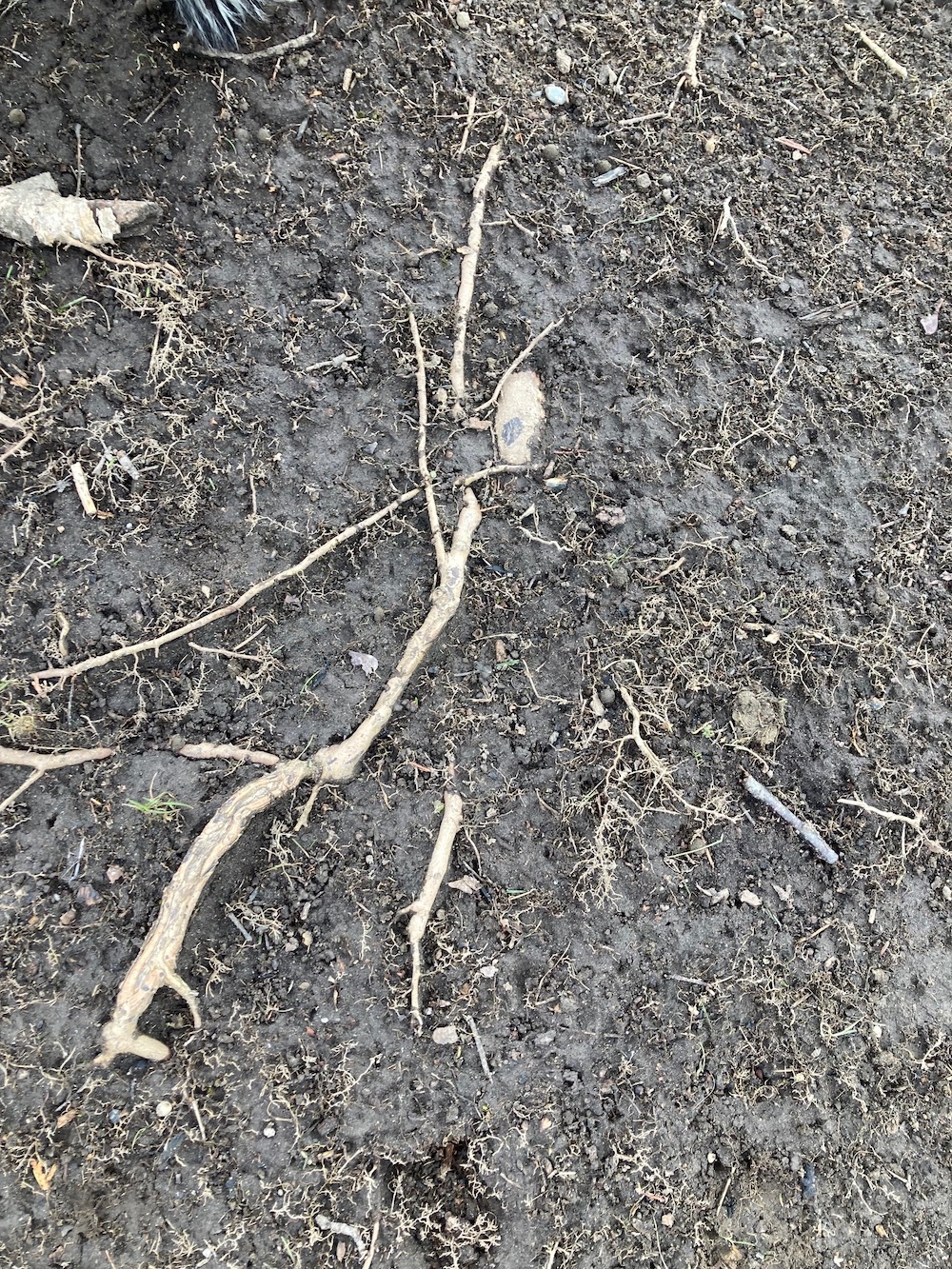Trees: Norway Maples
I have a love-hate relationship with the Norway maple, probably stemming from my first Plant Identification class and a horticulture teacher that shared his obvious disdain for it. The mixed feelings come from the fact that I have a 63-centimetre diameter-at-breast height Norway maple, smack dab in the middle of my backyard.
This maple valiantly shades my back deck from the western sun in the summer months, and its dense canopy hides our outdoor evening meals from the neighbour’s view. In summer rainstorms, I can sit under the canopy experiencing a sprinkle while I watch the downpour beyond the dripline. This large tree is contributing to the tree canopy of my city, interrupting rainfall and reducing stormwater runoff, and performing exactly what the tree preservation policies in various municipalities are hoping to achieve with increased tree canopy coverage targets.

The Norway maple (Acer platanoides) was introduced to North America in the late 1700s, and after the Second World War, it was valued for its fast rate of growth and tolerance to urban and salt conditions. These characteristics made the tree an attractive replacement for the many elm trees lost due to Dutch elm disease.
But what we didn’t understand at the time was how well the Norway maple would adapt to our city, and how prolifically the saplings would invade our ravines and naturalized areas.
Norway maple is often mistaken for our national symbol: the sugar maple (Acer saccharum). To the untrained eye, the leaf shape is quite similar, but where our sugar maples are a glowing red in fall, the Norway maple is yellow, and the fallen leaves resemble used paper bags. The growth habit is quite different as well. Sugar maples grown openly tend to branch beautifully up the main trunk of the tree, whereas Norway maple limbs often arise from a very compact area on the tree, creating a weak branching habit prone to failure.

The leathery leaves of the Norway maple create a dense shade under the canopy, and the shallow, tight rooting system outcompetes understory species for water and nutrients. Acer platanoides (the Norway) reproduces at twice the rate of our native sugar maples, having two viable seeds per samara (those helicoptering seed pods), compared to only one
viable seed for Acer saccharum. For these reasons, the invasion of the Norway maple into our ravines and forests has been particularly successful. This invasion into the natural forests reduces biodiversity, wildflowers, birds, and mammals, as the species composition transitions toward non-native.
The Ontario Invasive Plant Council has issued a Best Management Practices Guideline for managing the Norway maple, and the City of Toronto has removed it from their approved planting lists, but other regional municipalities continue to allow Acer platanoides and its various cultivars to be planted on municipal lands. Popular varieties of Acer platanoides are often sold at local nurseries to unsuspecting homeowners drawn to the name and look of the trees. Many enthusiastic hobby gardeners often mistake the Acer platanoides ‘crimson king’ for native red maple (Acer rubrum), or are enamored with the beautiful, variegated leaf of the Acer platanoides ‘drummondi’—the harlequin maple.
As the rootstock of the cultivars is Acer platanoides, the saplings that grow from the seeds of these cultivars return to the Acer platanoides parent tree. These homeowners unwittingly contribute to the invasive species problem.
As several local conservation authorities have classified the Norway maple as an invasive species, municipalities and nurseries have a responsibility to limit the availability and/or permission to plant these trees. There are many other native species or even non-native species that do not have invasive tendencies that could replace the Norway maple in our landscapes. As stewards of the land, we are making responsible choices to ensure that trees live longer, healthier lives by increasing their soil volumes and soil quality through the use of policies that require prescribed root volumes for trees and the use of soil cells under pavement to allow for adequate water and air for growth. With the assured longevity of our trees, this makes it all the more important that our long-lived trees are not contributing to the invasion of our forests with non-native species.
Text by Tracy Cook, BLA, ISA, TRAQ, Ground editorial board member, mom, world traveler, nature lover, not always in that order.
